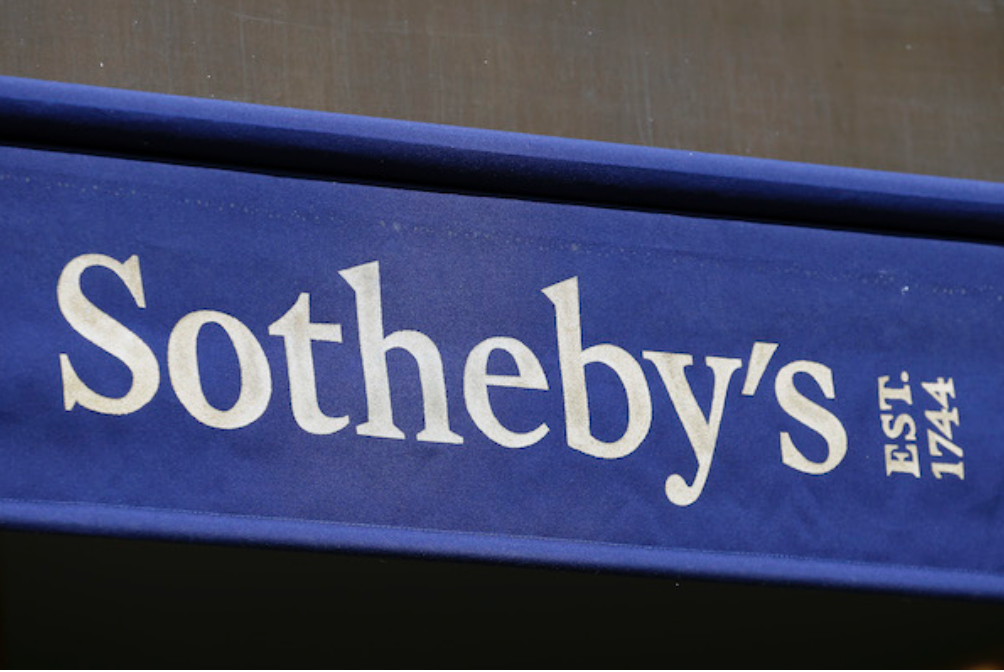Editor’s Note: This story originally appeared in On Balance, the ARTnews newsletter about the art market and beyond. Sign up here to receive it every Wednesday. simplebet8
Auction math has long been as much alchemy as calculus. So, when Sotheby’s announced a new fee structure set to go into effect after this May’s sale season, the art market’s rumor mill went into overdrive.
To recap, the restructure will decrease the buyer’s premium—essentially, a commission paid by lot winners that Sotheby’s and Christie’s introduced in 1975—from 26 percent of the hammer price to 20 percent, for works up to $6 million. For works above that lavish threshold, the premium falls to 10 percent. The seller’s commission rate has also been reduced, among other fees.
The auction house’s move away from a “bespoke pricing structure,” Sotheby’s CEO Charles Stewart said at the time, to something more permanent, and transparent, had been in the works for a “long, long time.”
(The announcement’s timing, just two days after Sotheby’s was cleared of aiding and abetting fraud in a federal case where the plaintiff hinged their legal argument on auction house opacity, seemed too fortuitous to be random. However, Stewart said the two had nothing to do with one another.)
Multiple auction house cognoscenti, who asked to remain anonymous so they could speak candidly, told ARTnews that the auction house deserved applause for the move. For years, buyer’s premiums have crept up, especially since the 2008 market crash—Christie’s once upped theirs three times in less than three years—the result of which, one expert told ARTnews, was that buyers were often more concerned with the fees attached to their bid as opposed to the work they wanted to own.
“Think about it this way,” the expert said, “very active buyers were looking more at the amount of their bid … than the work they wanted to own because the fee was so substantial. If your bid is at $100,000, when the estimate is $100,000 to $150,000, it’s already $126,000, and you’re at the median of the estimate with a low-estimate bid. And that’s before taxes.”
The Sotheby’s strategy appears to be about making buyers happy. Happy buyers are motivated buyers and that, in turn, means happy sellers. But will that strategy pan out as expected? It’s debatable. simplebet8
Finding consignors is arguably the most difficult part of the auction business. Many in the trade told ARTnews that the new fee structure, which standardizes the seller’s commission rate at 10 percent of the first $500,000 per lot, may off scare some prospective clients. (For the record, once a consignment reaches a $5 million low estimate, that fee is waived; for consignments between $20 million and $50 million, consignors get 40 percent of the buyer’s premium on top of the hammer price.) Sotheby’s seems to think that’s a good deal, and it may well be. But the art-selling business is built on long-term relationships. Until now, the seller’s commission rate was the most negotiable part of any transaction with an auction house. In many cases, especially for marquee lots and large collections, it was negotiated down to zero.
“Selling art is always a war,” art adviser Ralph Deluca told ARTnews. “It’s always a war of guarantees and the amount of press someone’s going to do to get a spectacular piece or spectacular estate. And not being able to offer zero percent commission, Sotheby’s really pulled an arrow out of their quiver.”
Multiple sources said that specialists at Sotheby’s aren’t happy about the impending disappearance of perhaps their most powerful negotiating tool in landing big commissions. simplebet8

